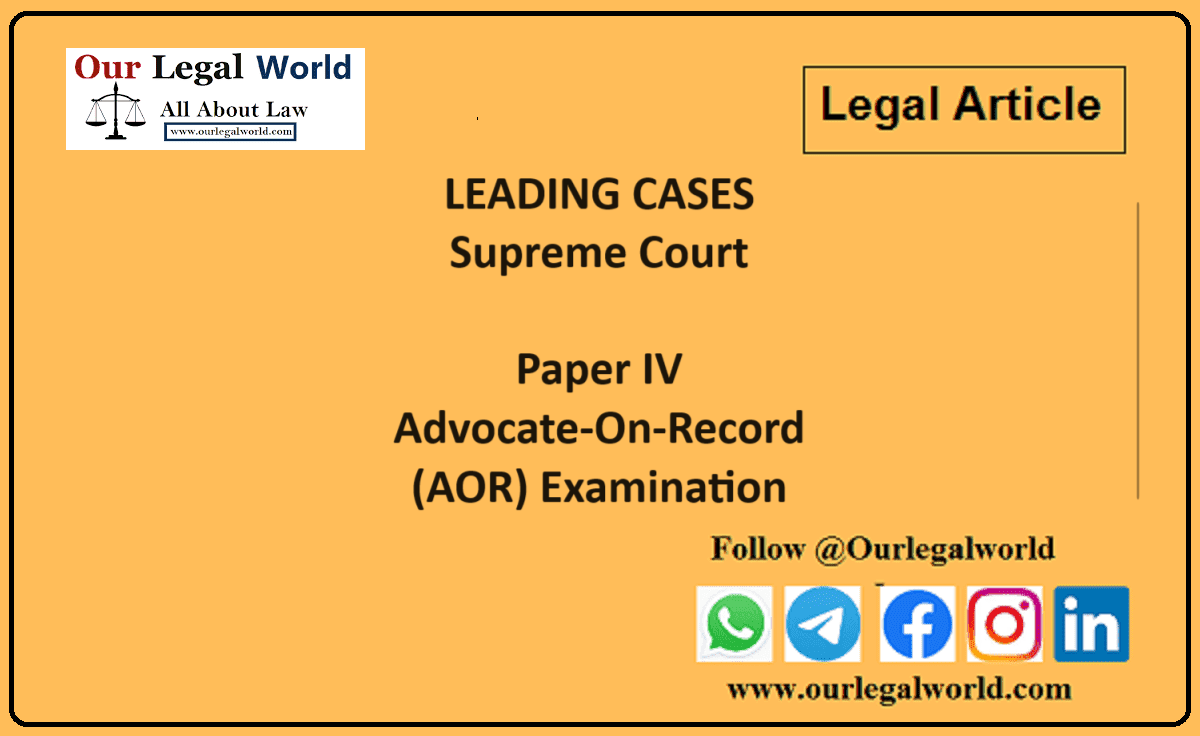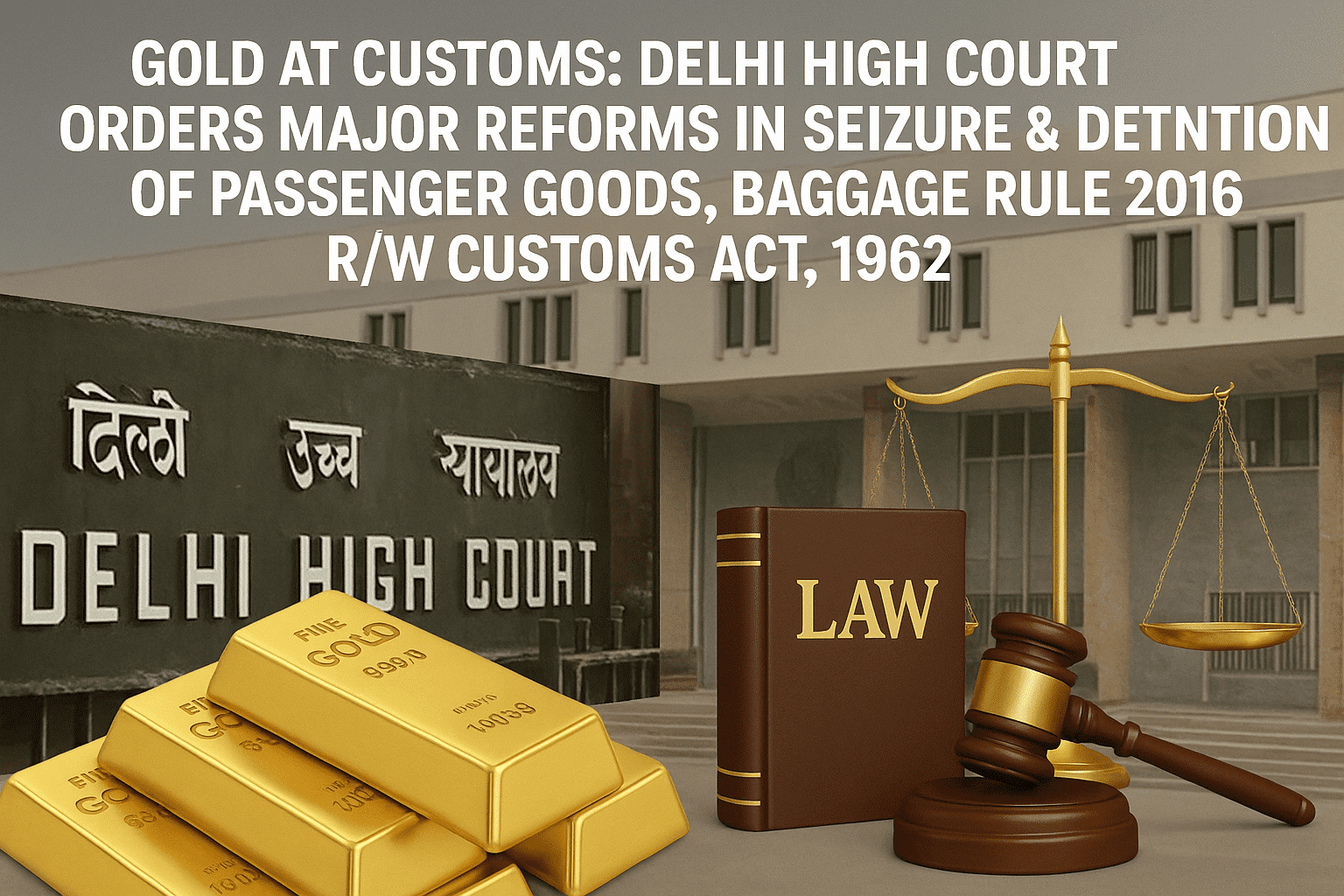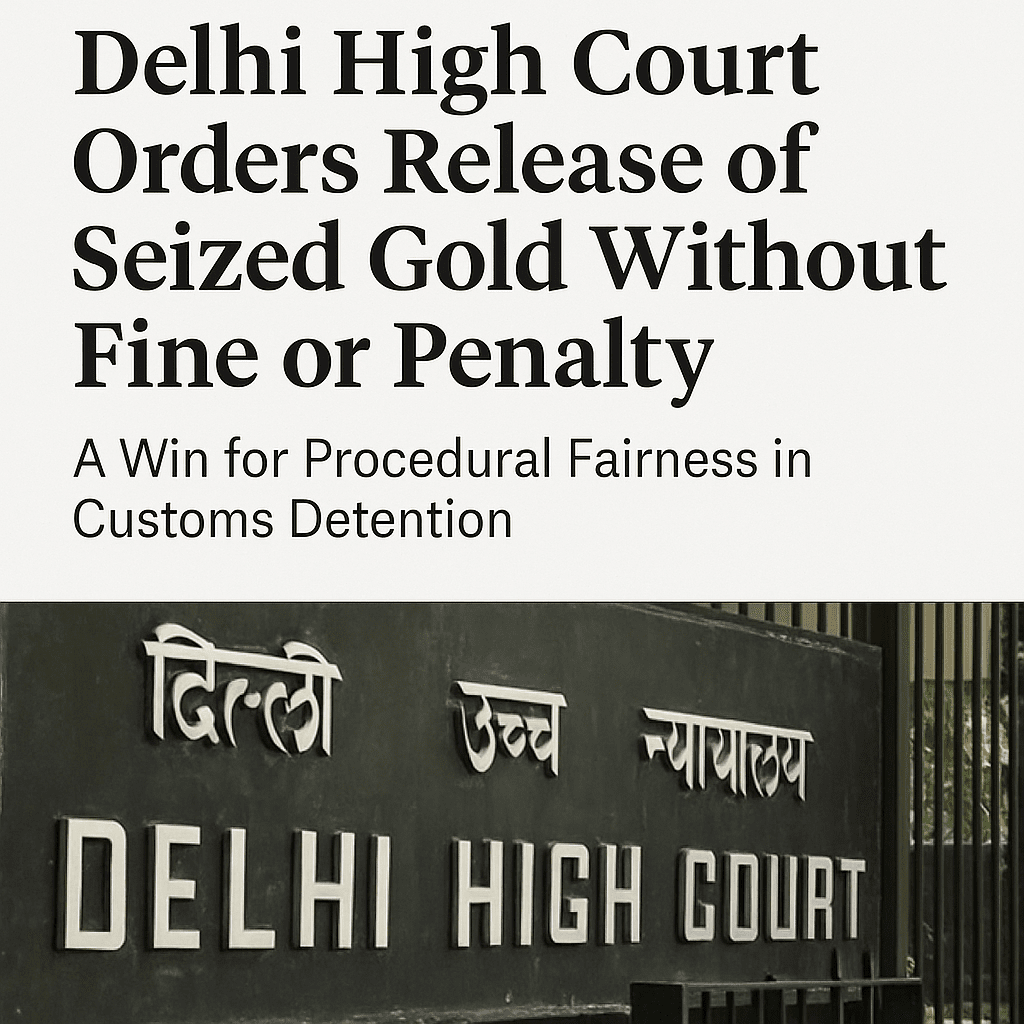PANCHAYATI RAJ SYSTEM IN INDIA
Introduction
The term Panchayati Raj in India purports the system of rural local self-government. It was established to build democracy at the grass-root level and to enable development in rural areas. It was given constitutional validity through the 73rd Constitutional Amendment Act of 1992. This amendment is designed to establish strong effective and democratic local administration and to give constitutional protection to this system.[1]
This Amendment act added a new part IX (PART 1X came into force w.e.f. 24-4-1993) consisting of 16 Articles (243, 243A to 243O) and the 11th schedule to the constitution[2].The 73rd amendment envisages gram sabha as the foundation of Panchayati raj system. The detailed provisions related to the subject of part IX are to be made by the state government but if the state government fails to make such provisions or if it failed to create a post for discharge duties under relevant statute then the court can direct the government to create such posts.[3]
Evolution of Panchayati Raj
Balwant Rai Mehta Committee
In January 1957, a committee was appointed by the government of India to examine the working of the community development program and national extension services.
This committee under the recommendation of Balwant Rai G Mehta (chairman of the committee) suggested establishing the scheme of ‘democratic decentralization’ which came to be known as Panchayati Raj. Functions and powers of Panchayati Raj are entrusted to it by the state legislatures. According to these recommendations
Three-tier Panchayati Raj system is to be established at the village, intermediate and district levels- Gram Panchayat at the village level, Panchayat Samiti at the block level and Zila Parishad at the district level.
These tiers are directly linked through a device of indirect elections. It was also recommended that the village Panchayat should constitute with directly elected representatives whereas the Panchayat Samiti and Zila Parishad should constitute with indirectly elected members. It is also recommended that Panchayat Samiti should act as an executive body and Zila Parishad should act as an advisory and supervisory body.
These recommendations were accepted by the national development council in January 1958.it was also suggested that adequate resources should be transferred to these bodies to perform their functions.
The council did not insist on a single rigid pattern and gave responsibility to the state government to evolve their own pattern as per the local conditions. Rajasthan was the first state to establish Panchayati Raj. By 1960 many states adopted Panchayati Raj. Some states adopted 2 tier system (Tamil Nadu) some states adopted the four-tier system (West Bengal) depending upon the local conditions and requirements.
Gadgil Committee
Later on, Many committees recommended policies and programs for the proper establishment of Panchayati raj system in India. But the recommendations by Gadgil committee under the chairmanship of V.N. Gadgil became the basis for drafting an amendment bill aimed at conferring constitutional status to Panchayat raj institutions. This committee further recommended that The Panchayati Raj bodies should have the responsibility of preparation and implementation of plans for socio-economic development. For this purpose, a list of subjects should be specified in the constitution. The Panchayat Raj bodies should be empowered to levy and collect taxes. Also, the State Finance Commission and State Election Commission should be established for the allocation of finances to the Panchayat and conduction of elections to the Panchayat respectively. They also recommended the termination of Panchayati Raj institutions for five years. It was also said that members of the Panchayat at all three levels should be directly elected by people.
The Panchayat (Article 243, 243-A to 243-O)[4]
Gram Sabha
According to Article 243-A, gram sabha may exercise powers and can perform functions at village level as prescribed by the state legislature in accordance with the law. It consists of the person registered in the electoral rolls of the village comprised within the area of Panchayat at the village level.
Three – Tier System
Article 243-B visualizes three tiers Panchayati Raj System. It states that every state must constitute Panchayat at the village, intermediate and district level. Some states with a population less than 20lakh have an option to not constitute Panchayat at the intermediate level. This is done to bring uniformity in the structure of Panchayati Raj throughout the country.
Composition of Panchayat
Article 243-C provides that legislature of the state by law makes provision related to the composition of Panchayat. The members of Panchayat in the village, intermediate and district level are elected directly by the people.
Chairperson of the Panchayat is elected indirectly at intermediate and district level amongst the elected members thereof whereas the chairperson of village Panchayat is elected as per the discretion of state legislature. The chairperson and other members of Panchayat whether elected directly and indirectly should have the right to vote in meetings of the Panchayat.
Reservations of Seats
Article 243-D enunciates that some Panchayat seats should be reserved for the scheduled castes and scheduled tribes. Reservation should be in proportion of their population to the total population in the Panchayat areas. Out of total seats reserved 1/3rd seats should be reserved for women belonging to ST’s SC’s such seats may be allotted by rotation to different constituencies in a Panchayat. Article 243-D (4) directs that seats must be reserved for Schedule castes, schedule tribes in every level of Panchayat for the post of chairperson.[5]
The reservation of seats for the post of chairperson of Panchayat shall be done as per the prescription of the state legislature may or by law provides. Reservation should not be less than 1/3rd of the total number of offices of chairman in Panchayat in each level. The state legislature has the power to make any provision for reservation of seats in Panchayat or chairperson of Panchayat at any level in favour of backward classes.[6]
It is stated in article 334 (5) that the reservation of schedule caste and schedule tribes and chairperson (excluding reservations for women) shall cease to effect on the expiration of the period of 50 years.
Duration of Members
Article 243-E states that duration of members and chairman at each level is for 5 years but if no-confidence motion or any other reason is there then it can dissolve and in this case, fresh elections will be conducted within the 6 months.
If only 6 months are remaining for completion of the term then there is no need for conducting the fresh election. If premature dissolution takes place then new Panchayat will remain in the office only for the remaining period and not for 5 years.
Disqualification of Members
Article 243-F enunciate that a person can be disqualified for being chosen as or for being a member of Panchayat or under any law in force made by the state legislature for the purpose of elections. But no person could be disqualified on the ground that he is less than 25 years of age if he has attained the age of 21. The state legislature can determine an authority that can be referred for further questions relating to disqualification. In the case of Shankar Lal And Ors v. State (Panchayati Raj Dep)Ors[7]it was held that the court can strike down legal provisions if found to be unconstitutional but if the Act and Rules are not challenged, it cannot pass directions contrary to the statutory provisions. In this case, the validity of Rajasthan Panchayati Raj Rules as amended is not under challenge and otherwise, the validity of rule can be examined by the Division Bench only.
Powers and Responsibilities of Panchayat
Powers responsibilities and authority of Panchayat are provided in Article 243-G of the Indian constitution which enables them to function as an institution of self-government. The subject of this authority is related to making a plan for economic development and social justice relating to the 29 matters listed in schedule 11 of the Indian constitution. Any law made state legislature which runs counter to the provisions laid down under constitution will be declared unconstitutional. If any rule or provision is made for social economic welfare and health care then it is constitutionally valid. In the case of Javed v State of Haryana,[8] It was held in the case of where a person having more than two living children is not eligible to contest for the post of sarpanch.
Authority to Finance
Article 243-H empowers the state legislature to make laws related to the imposition of taxes by Panchayat. Panchayat is given authority to levy, collect appropriate taxes, duties, tolls and fees. The state legislature can provide for grants in aid to the Panchayat from consolidated funds of state and it also provides for constitution of funds for crediting all money of the Panchayat.
Establishment of Finance Commission
Article 243- I provide for the establishment of a finance commission for checking the financial position of Panchayat and to check all work related to finance. The state legislature may provide for the composition of the commission and can decide the manner of their selection. The governor shall place the proposal of the commission. The Central Finance Commission shall suggest the measures needed to increase the consolidated fund of a state to supplement the resources of the Panchayat in the states in consideration with recommendations made by finance commission of the state).
Audit of Accounts
Article 243-J gives power to the legislature of a state by law can make provision concerning records maintenance done by the Panchayat and can also lay down the provisions related to the audit of such records.
State Election Commission
Article 243- K vest the superintendence, direction and control of electoral rolls in the hands of the state election commission in which state election commissioner is elected by the governor. State election commissioner can request governor of the state to available such staff as may be necessary for the discharge of its functions. State election commissioner can be removed from his office in the manner and on like grounds as a judge of the high court. The state legislature can make provisions concerning all matters relating to elections in Panchayat
Applicability on Union Territories
The provisions of this part are applicable on union territories but the president may direct that these provisions can be applied on union territories subject to some exceptions as mentioned in Article 243-Lof Indian constitution.
Exempted States and Areas
According to Article 243-M of Indian Constitution, this act applies to all states except the states of Nagaland, Meghalaya and Mizoram. This act is also not applicable on scheduled areas and the tribal areas in the states, the hill areas of Manipur for which district councils exist, Darjeeling district of West Bengal for which Darjeeling Gorkha Hill Council exists.
However, the Parliament has the power to extend the provisions of this Part to the scheduled areas and tribal areas subject to some exceptions and modifications specified by parliament. Parliament has enacted the PESA Act 1996 (Extension to the Scheduled Areas Act) for ensuring self-governance for people living in the Scheduled Areas of India. In case of Union of India v. Rakesh Kumar[9], It was held that providing 100% reservation in favour of scheduled tribes for the position of chairman in Panchayat which is located in the scheduled area in Jharkhand is constitutionally acceptable. Supreme Court allows parliament to provide some ‘modifications and exceptions’ under part IX of the Indian constitution.
Continuance of Existing Laws and Panchayat
Article 243-N enunciates that all the state laws relating to Panchayat shall continue to be in force until the expiry of one year from the commencement of this act. However, all the Panchayat existing immediately before the commencement of act shall continue till the expiry of their term, until the state legislature dissolves it.
Involvement of Courts
The act bars the interference by courts in the electoral matters of Panchayat. It further lays down that no election in Panchayat can be questioned except by an election petition presented to the authority in such manner as provided by the state legislature. In the case of Baljit Singh v. State Of Punjab And Others[10] it was held that though the exclusion of the jurisdiction of the Court provided under Article 243-O of the Constitution of India read with Section 74 of the Election Commission Act does not exclude the extraordinary writ jurisdiction of the High Court under Article 226 of the Constitution of India, but the High Court, in an exceptional circumstance, can entertain a petition, challenging the election of the Panchayat.
The Ineffectualness of the Panchayati Raj system[11]
Though it got constitutional status through 73rd amendment act (1992), the performance of Panchayati Raj institutions was execrable. Some of the main reasons were-
Lack of adequate decentralization-Many States have not taken adequate steps to devolve functions, funds and functionaries to the Panchayati Raj institutions for proper functioning at the village level.
Excessive control by bureaucracy– In some States, the Gram Panchayat has been placed in a position of dependency .Hence, the Gram Panchayat Sarpanchs have to spend a prodigious amount of time visiting Block Offices for funds and technical approval due to which they could not perform their role and duty properly.
Meagre funds – Funds were not sufficient for the proper functioning of Panchayat .there was an overwhelming dependency on government funding. Also, some state requires more funds and some require fewer funds depending upon the requirement sue to which no proper allocation could be done.
Status of the Gram Sabha– Some states act have not spelt the powers of gram sabha due to which there are less transparency and involvement of the marginalized sections.
Creation of Parallel Bodies- Parallel Bodies is created for speedy implementation of acts and greater accountability but instead of making speedy implementation conflicts arises between the existing and the new structures and functions.
Poor Infrastructure– A large number of Gram Panchayat in the country does not have basic office buildings and database for planning and proper execution. Moreover, a large number of elected people is literate but is not aware of the latest technology and current scenario due to which development gets hampered.
Conclusion
The Panchayati Raj system is an important system which plays a vital role in rural development and management of all spheres. It is the democratic decentralization system which acts as a backbone of Indian villages. The Panchayati Raj system is very important in India in order to bring governance closer to the people. Its aim is to implement schemes for the agricultural, health care and to ensure the overall development of the village. It also encourages entrepreneurs to start a business on a small scale. It provides assistance to the economically weaker section of society. Local administrative issues are best resolved through government agencies as these are the simplest equipped with knowledge and knowledge to affect these issues. Due to the large population of the country, state and central government institutions could not look after local affairs. Though lots of development and up-gradation are required in the Panchayati Raj system it makes governance in the country more efficient. It brings India one step closer to be called a truly democratic country.
[1] Dr J.N. Pandey, Constitutional law of India, 55th edition, Central Law Agency, 2018,684.
[2] Velpur Gram Panchayat v. Asstt. Director of Marketing, Guntur, AIR 1998 AP 142.
[3] UT Chandigarh v. Avtar Singh (2002) 10 SCC 432.
[4] MP Jain, Indian Constitutional Law, 8th edition, LexisNexis, 2019,682.
[5] Vinayakrao Gangaramji Deshmukh v. P.C. Agarwal, AIR 1999 Bom. 142; Jagdish Prasad Bhunjwa v. State of Madhya Pradesh, AIR 1997 MP 184.
[6] Krishna Kumar Mishra v. State of Bihar, AIR 1996 Pat 112
[7] Shankar Lal And Ors v. State (Panchayati Raj Dep) Ors on 11 May, 2012.
[8] Javed v State of Haryana, (2003) 8 SCC 369: AIR 2003 SC 3057.
[9] Union Of India v. Rakesh Kumar & Ors on 12 January, 2010
[10] Baljit Singh v. State Of Punjab And Others on 22 August, 2008
[11] M Laxmikant, Indian polity, 6th edition, McGrew Hill Education (India) private limited, 2019,822.
Also Read:







![Tax Law Internship at Legum Attorney [Chamber of Ashish Panday], Delhi : Apply by 15th May 2025](https://www.ourlegalworld.com/wp-content/uploads/2025/05/IMG_0113-min.png)

